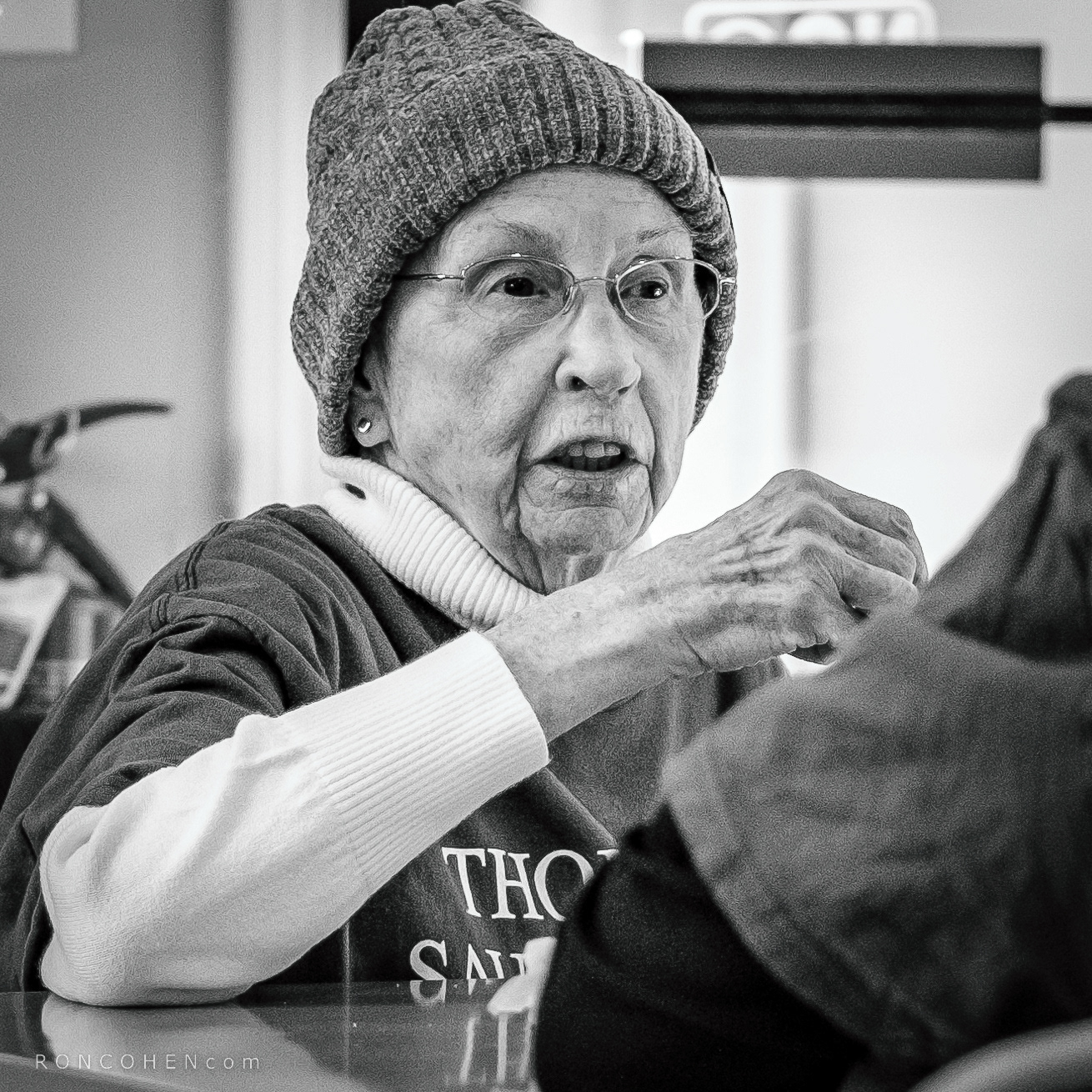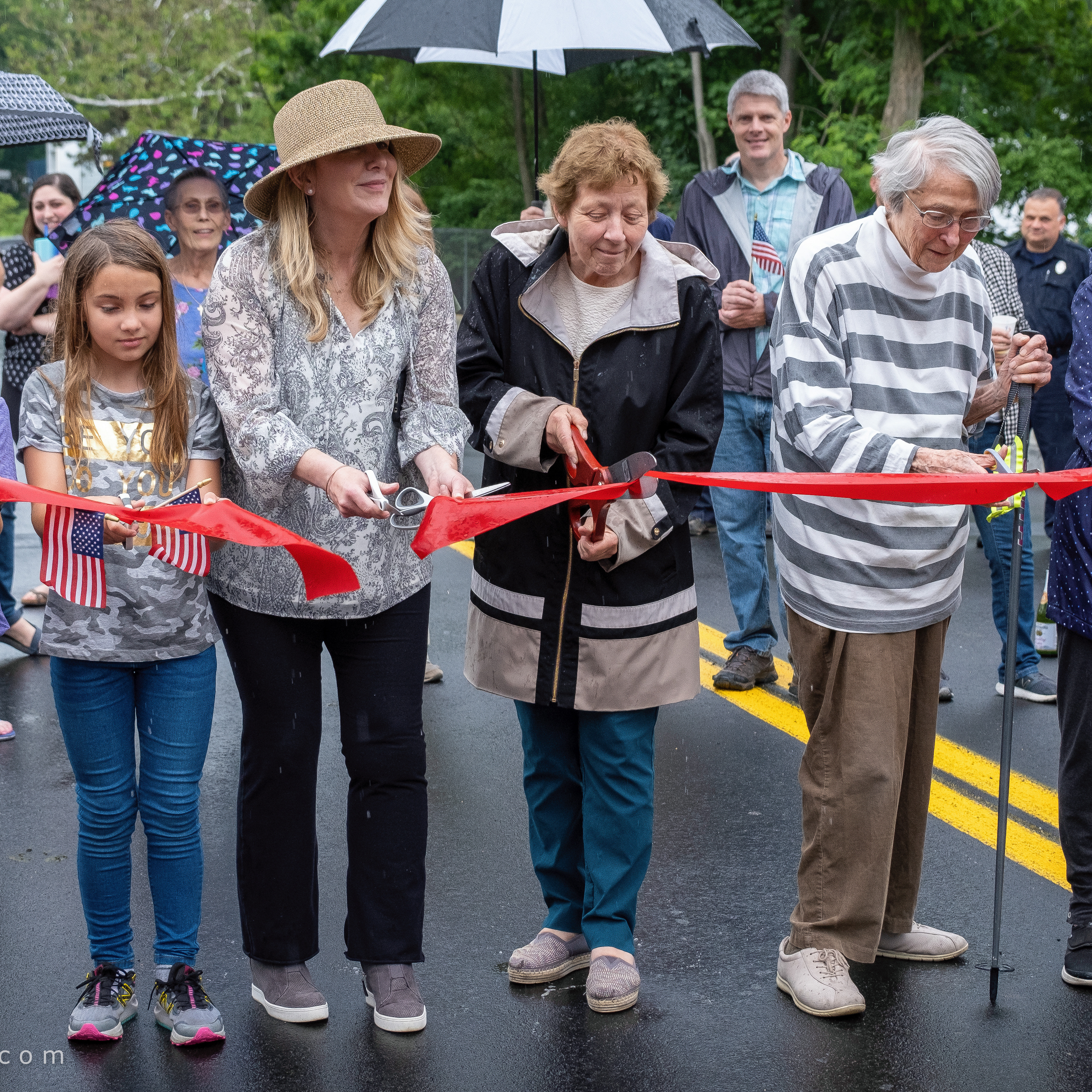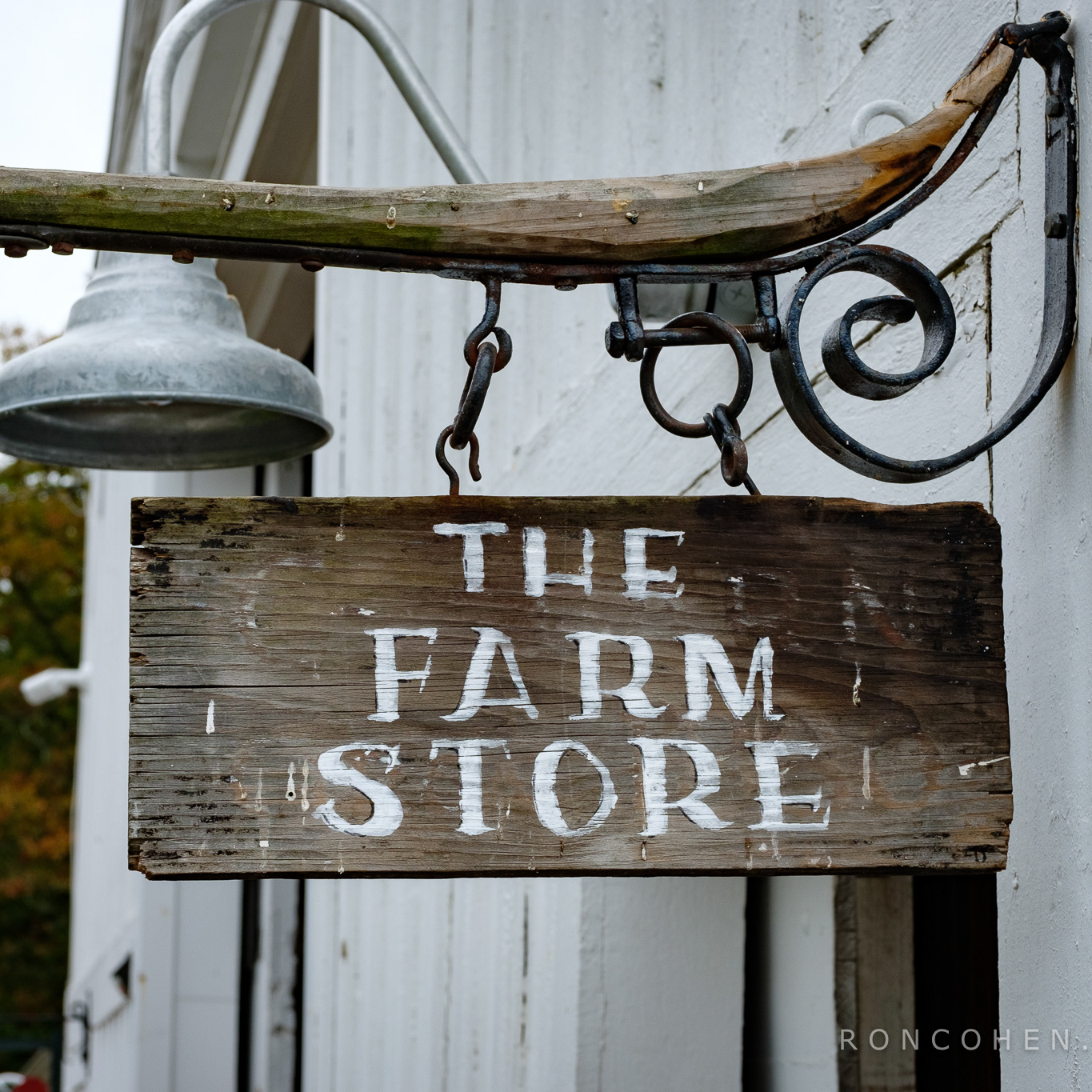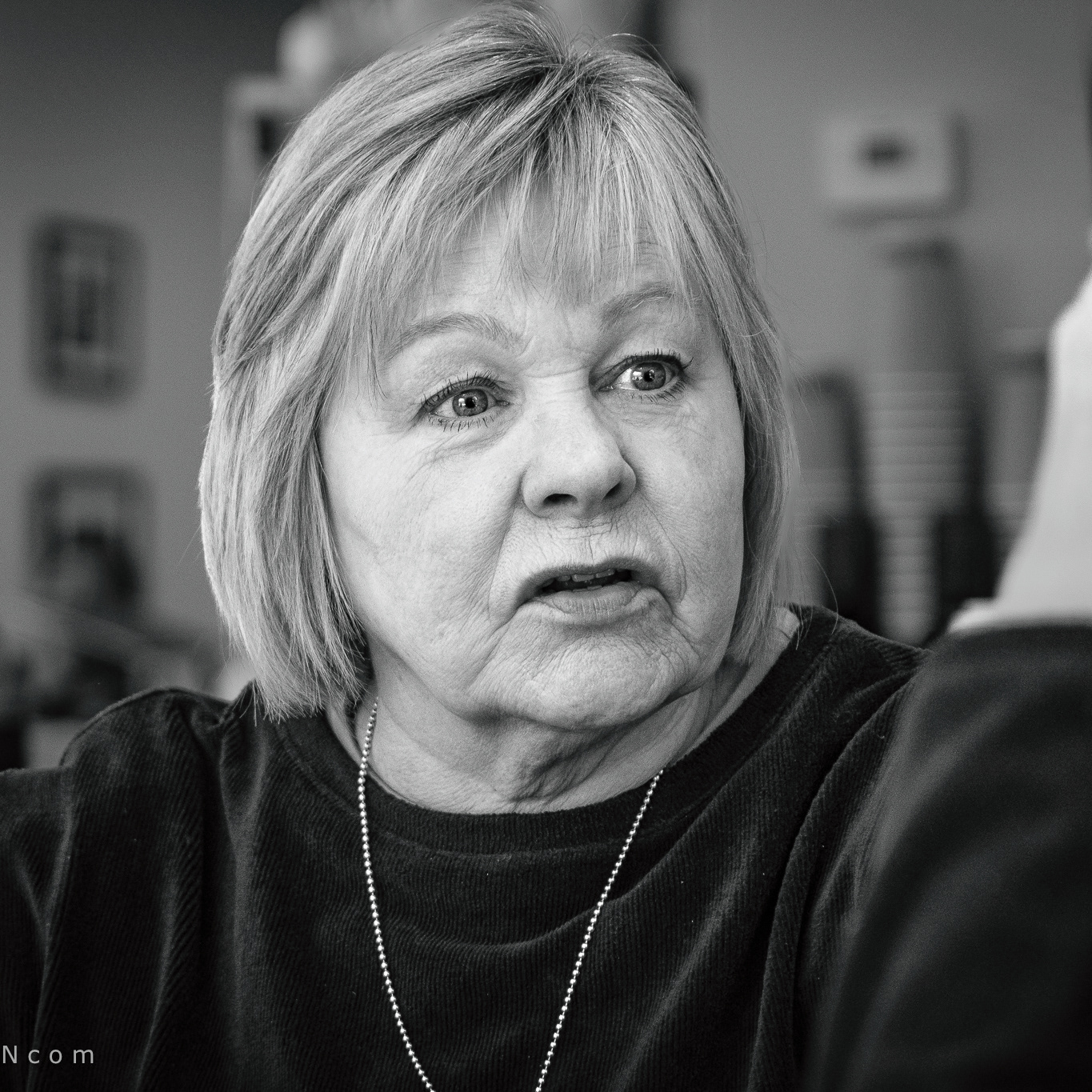⬇︎Click on any photo, below, to open slide show. Use keyboard arrows or swipe to view slides.
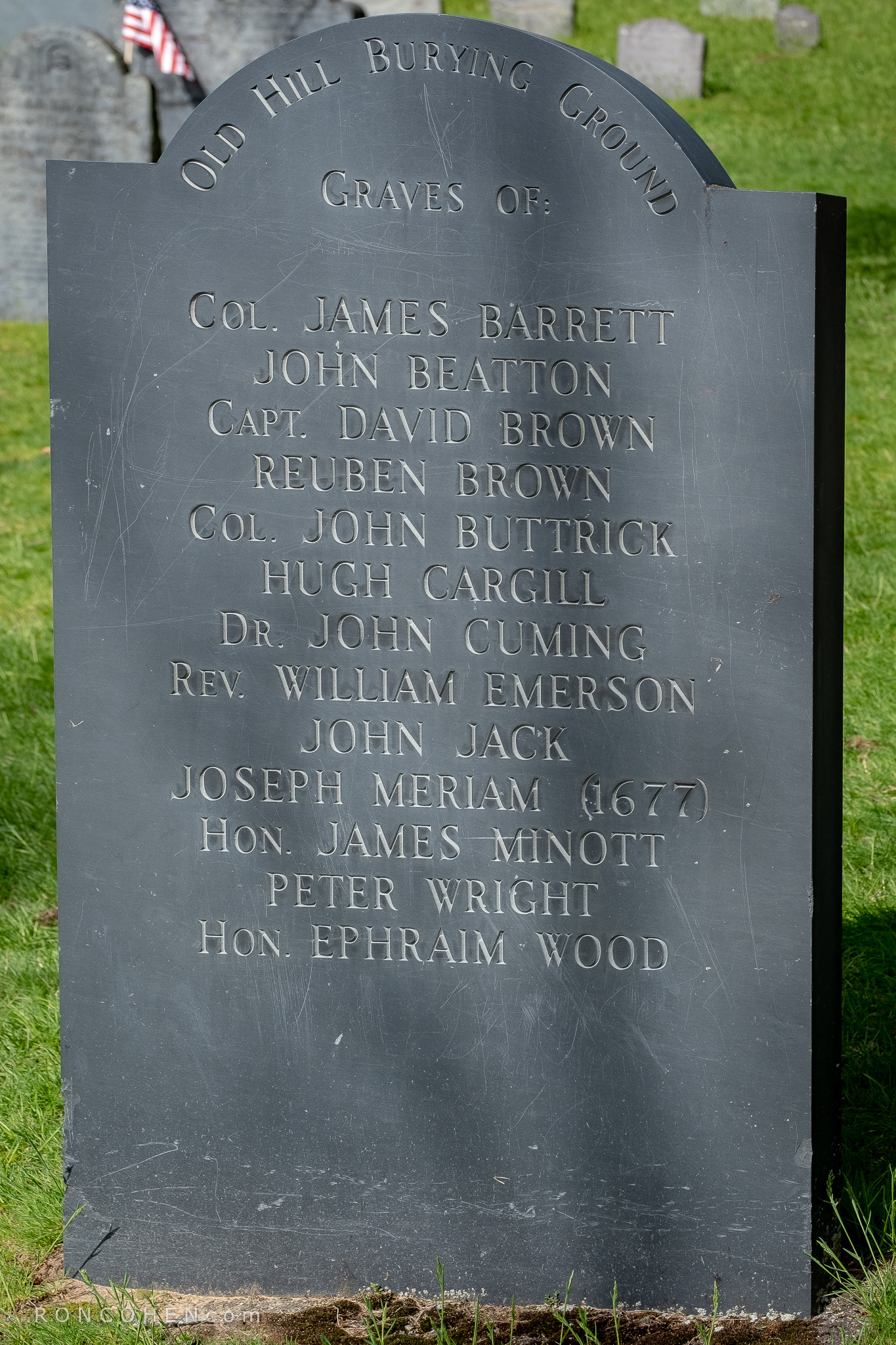
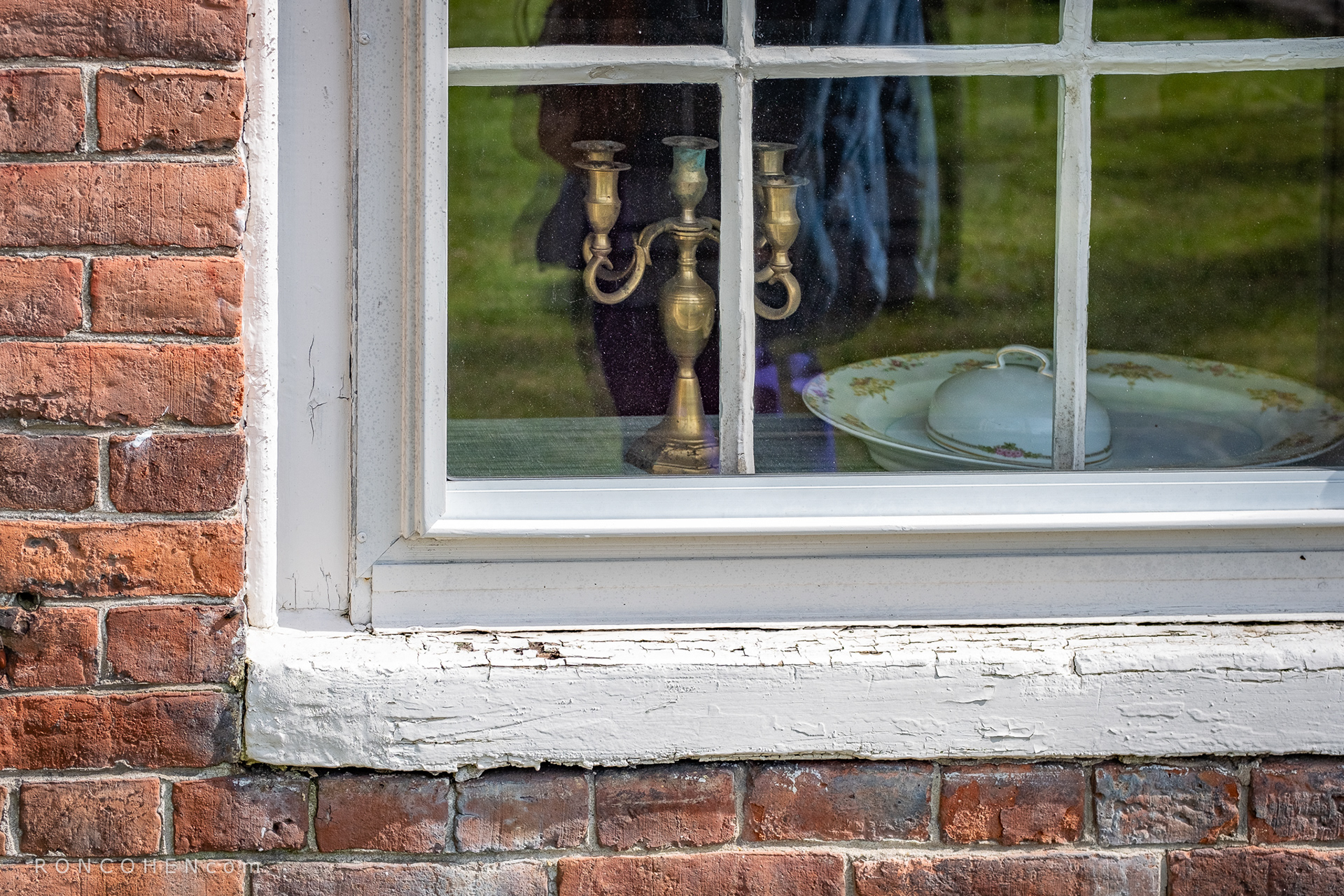
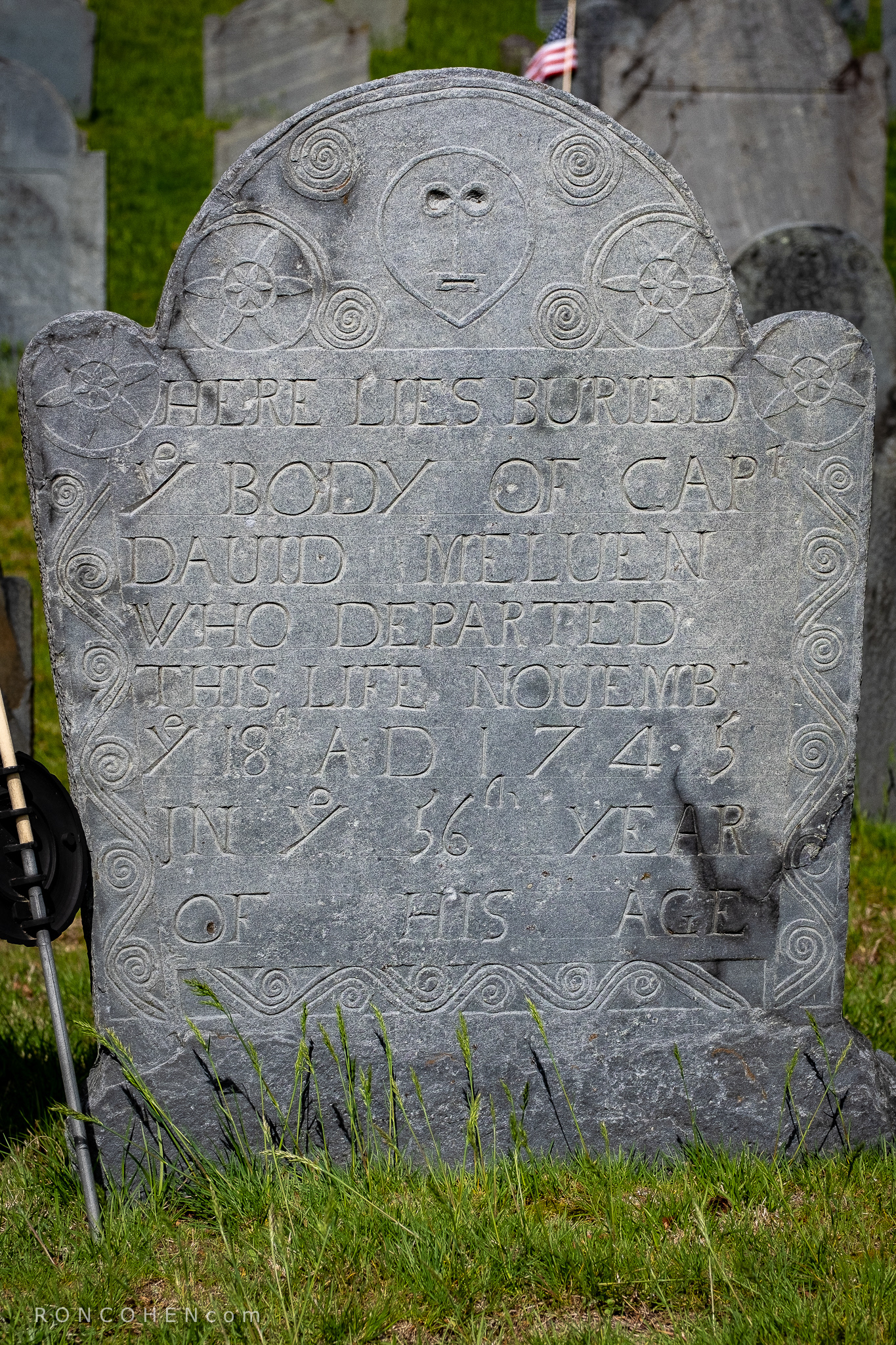


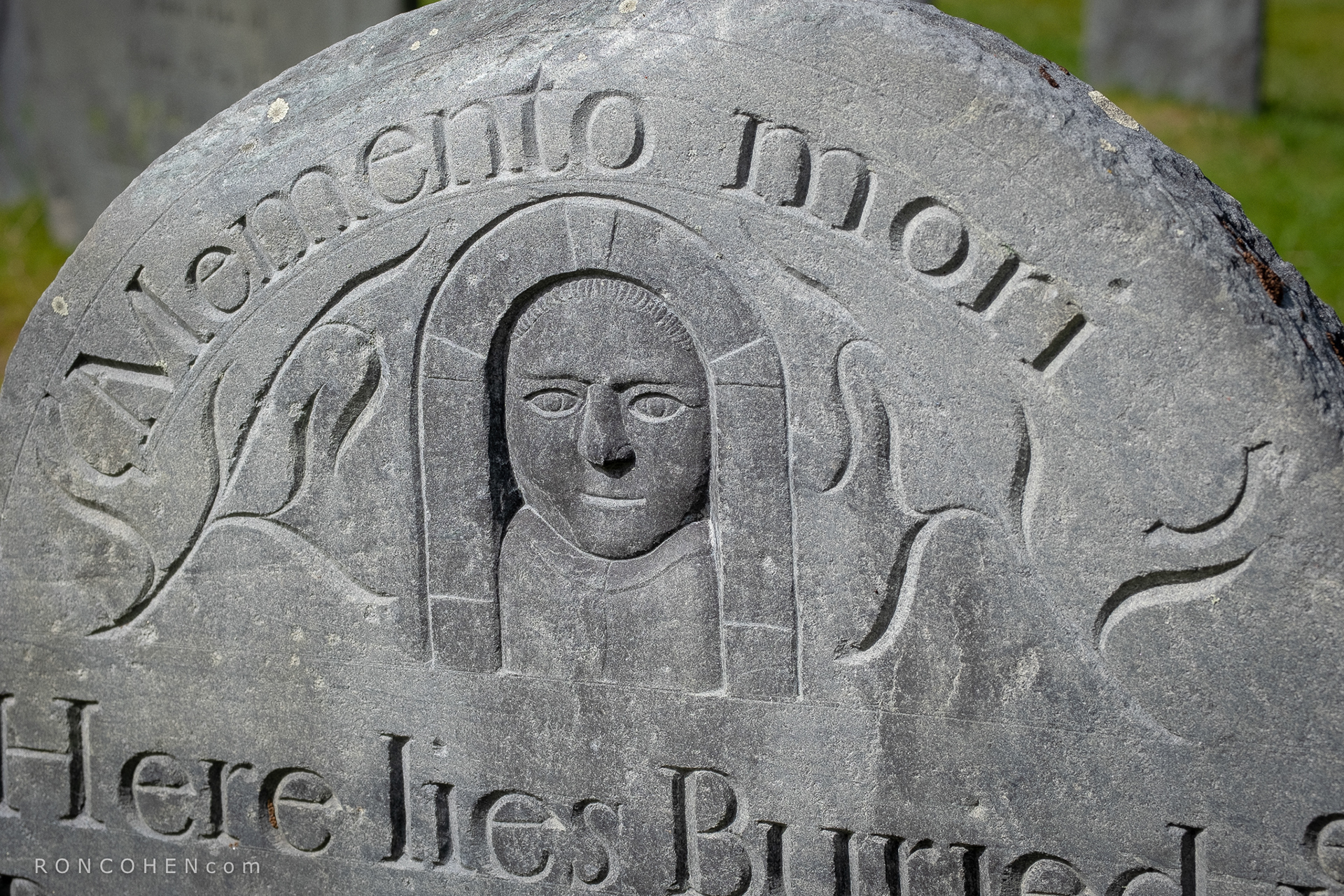


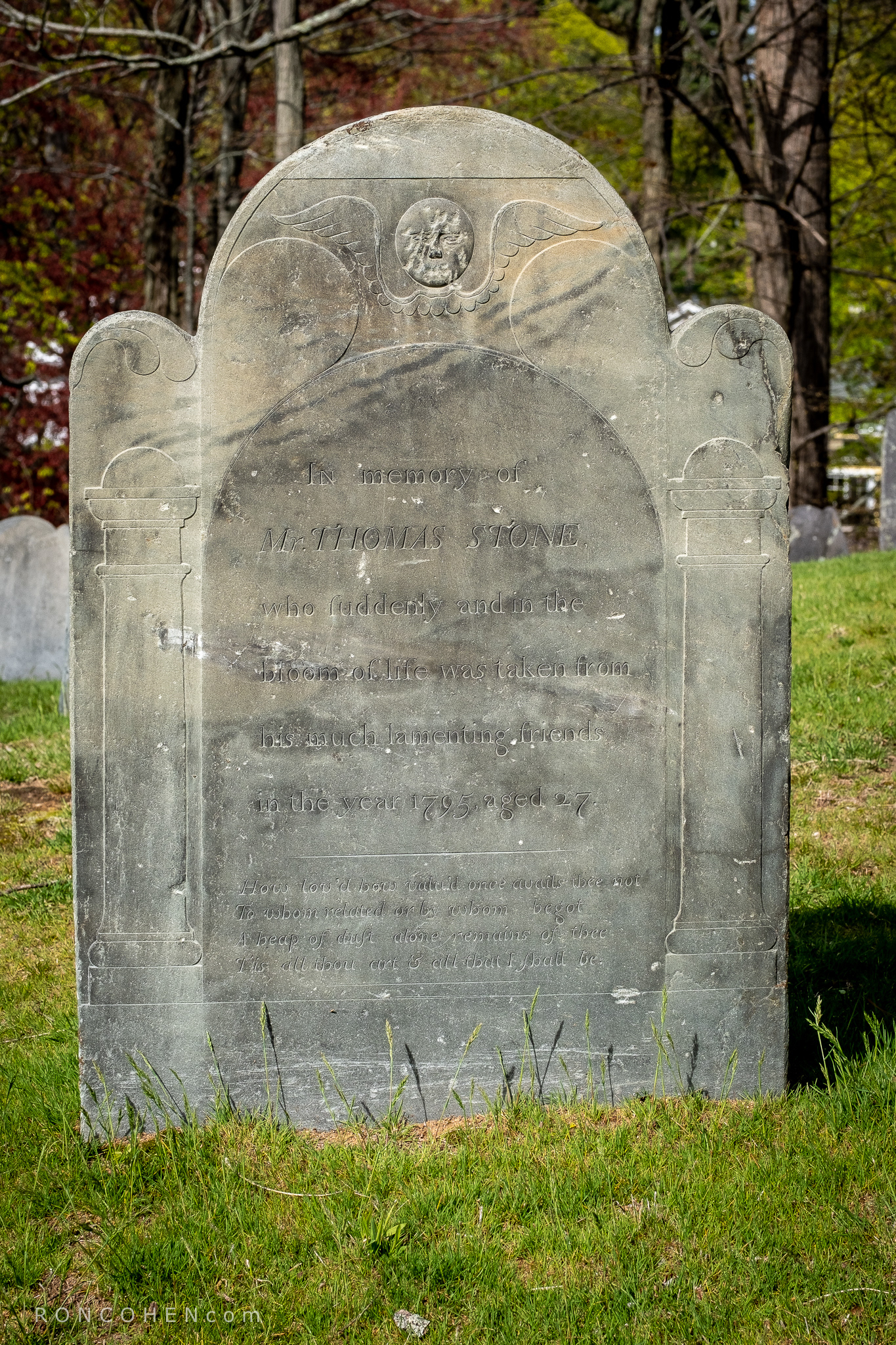
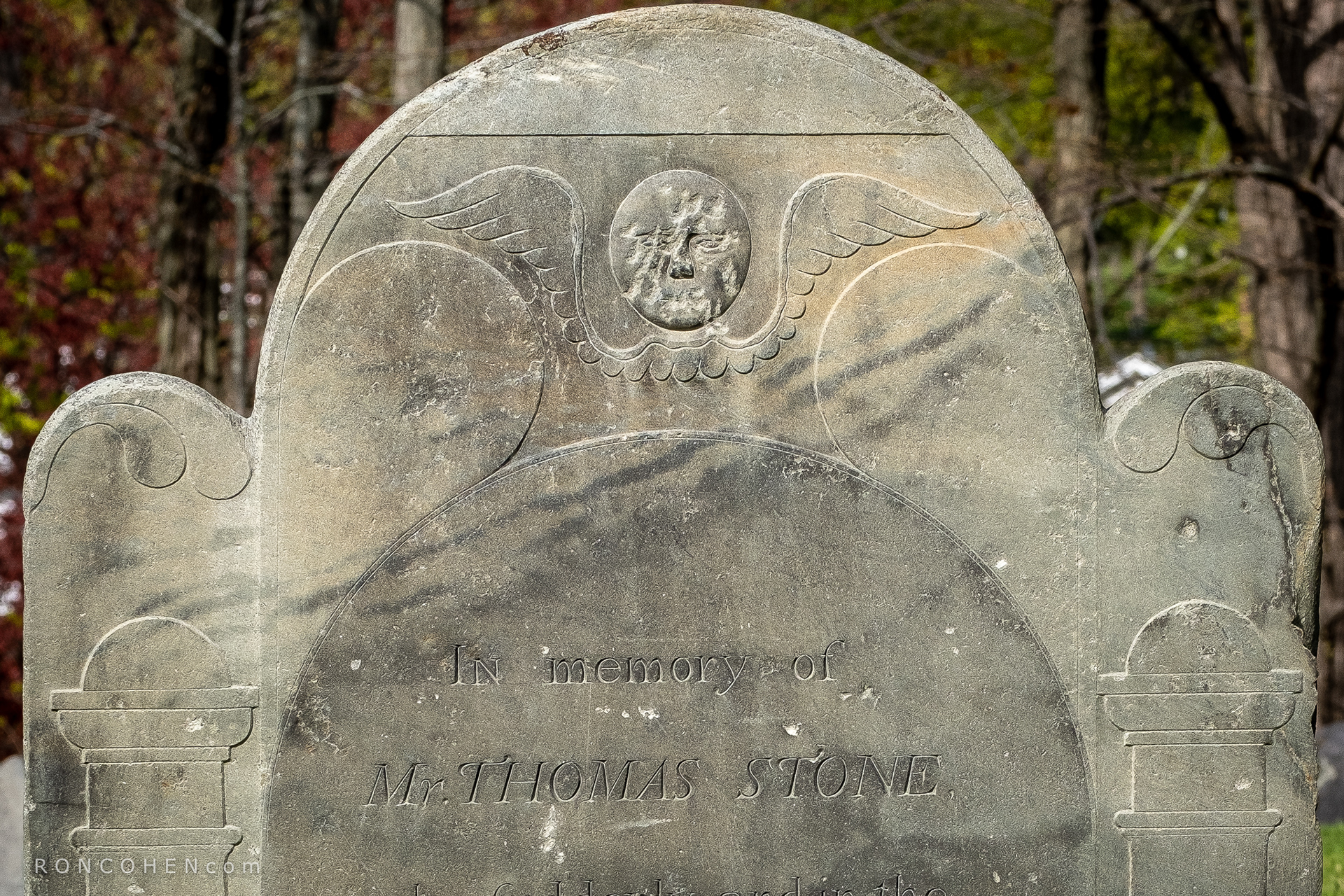
I first posted these photos in April 2019. The Old Hill Burying Ground, which they depict, is a solemn and iconic place—so much so that I felt moved to re-edit them, and present them again.
The famously scary, winged death’s-head, with the hollow eyes and barred teeth, that we associate with Puritan cemeteries is in scant evidence here. The terror associated with death, in the Puritan mind, had eased by the end of the 18th Century, when most of these stones were laid, and the focus had shifted to consoling the bereaved. Society had become less theocratic and more democratic. The scary winged skull head had been replaced with naturalistic heads (originally symbolizing the voyage from life to death, but now honoring the soul of the departed), the willow (tree of life) and the urn (for ashes). A full discussion of Puritan New England funerary art can be found at Wikipedia.
Perched at the very top of the hill, and just visible in the third photo, is a small brick powder house; known to blow up from time to time, it is located far from residential areas. The first photo is of a modern stone, by the entrance to the cemetery, listing the luminaries of the day buried there. Opposite that, near the entrance, is the window of a period house abutting the burying ground at street level.
Always, when I visit these places, I feel the touch of history. The Old Hill Burying Ground goes back to the founding of Concord in 1635. The town is famed, of course, for its prominent role in the American Revolution. For a period in the 19th Century, it was also the cultural capital of the young United States. The stone in the next-to-last photo bears this poignant inscription:
In Memory of
Mr THOMAS STONE
who suddenly and in the
Bloom of life was taken from
his much lamenting friends
in the year 1795 aged 27
A stone in the front wall of the cemetery, in the last photo, sets the stage:
On this hill the Settlers of Concord
built their Meeting House
near which they were buried
On the southern slope of the ridge
were their Dwellings during
the first winter
Below it they laid out
their first Road and
on the summit stood the
Liberty Pole of the Revolution
See also:
Puritans - for a fuller discussion of Puritan funerary art
Puritans II - for some handsome gravestone examples
Cemetery - for the famed Sleepy Hollow Cemetery, nearby


